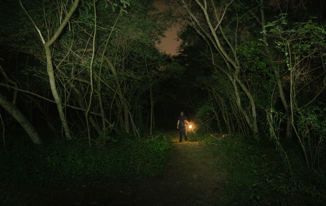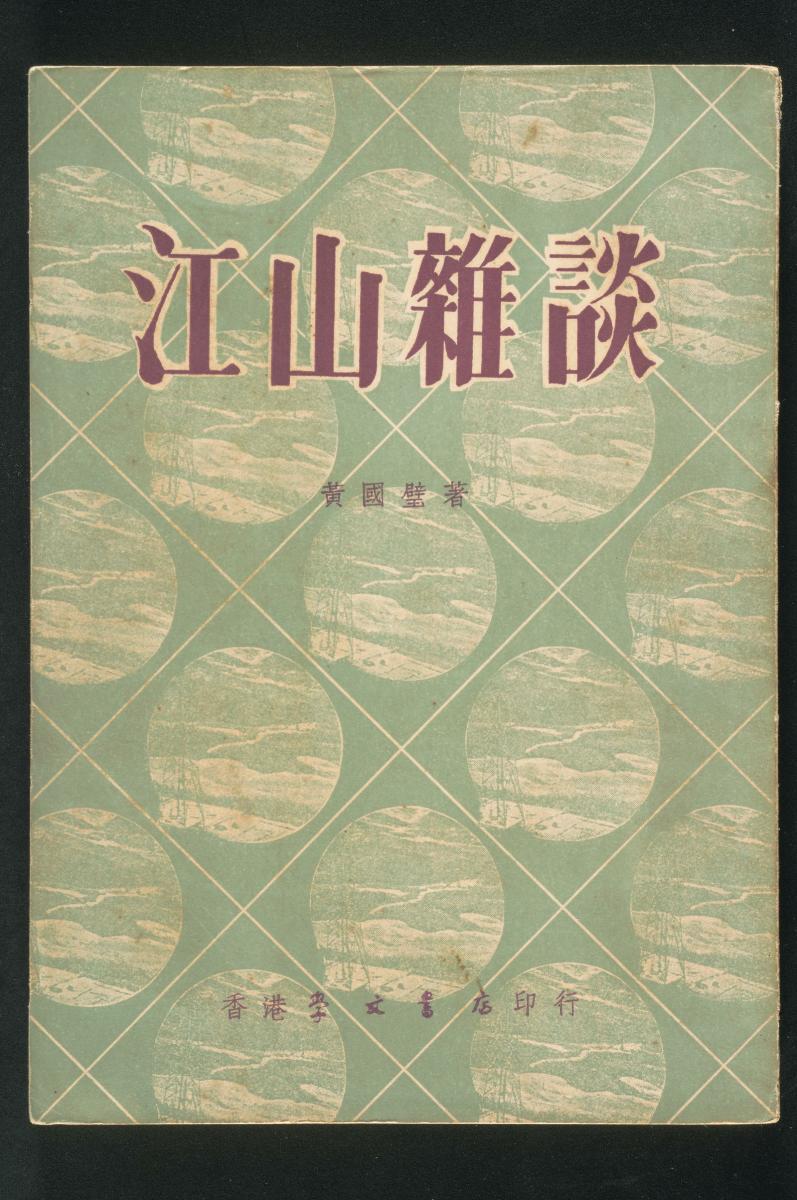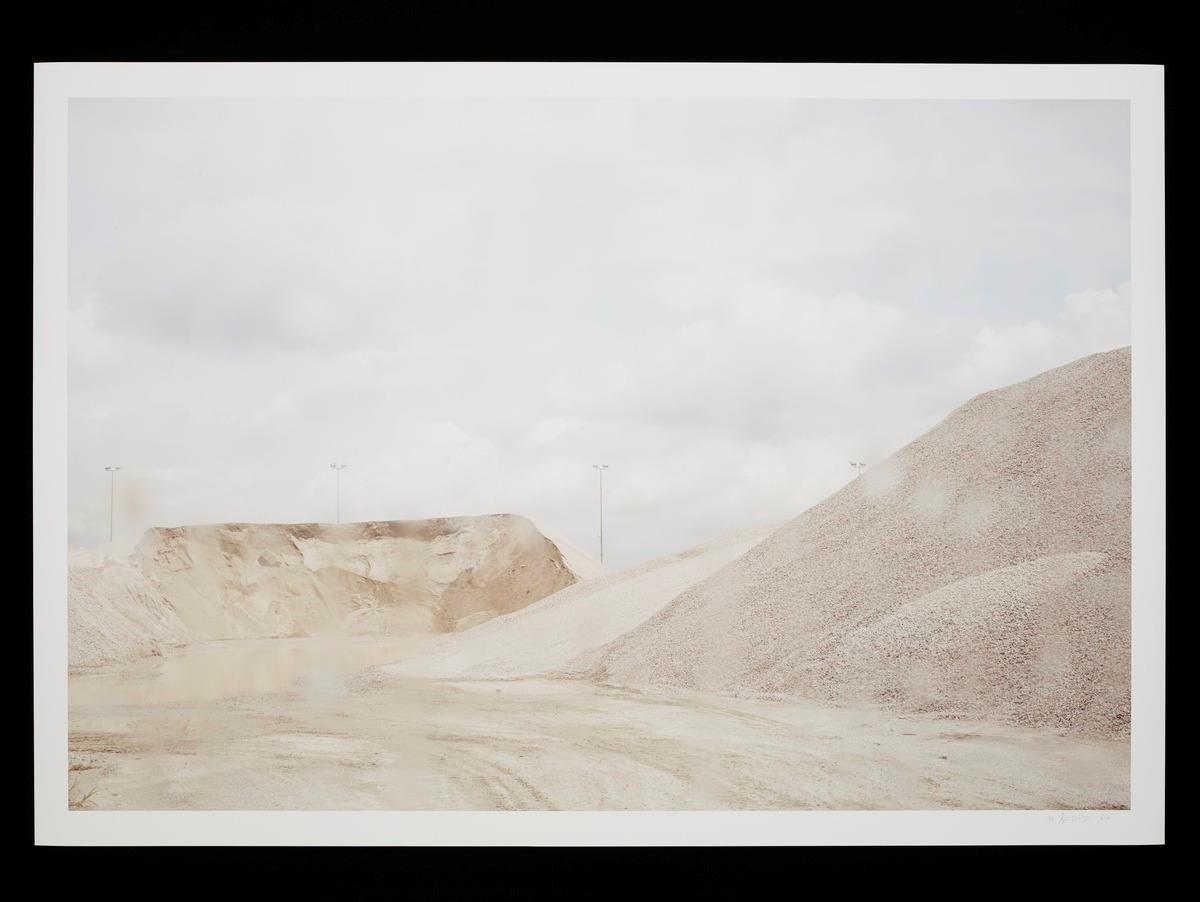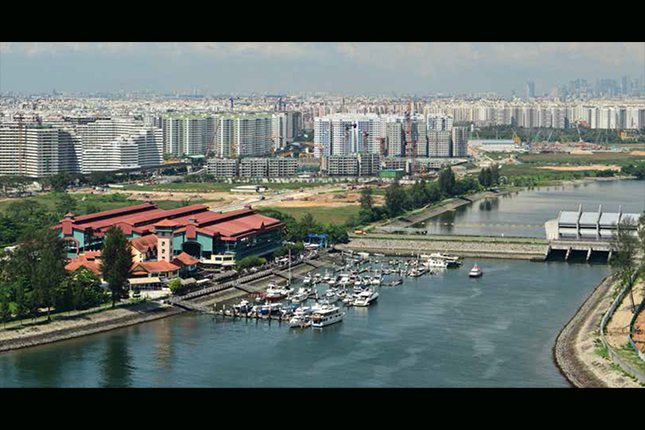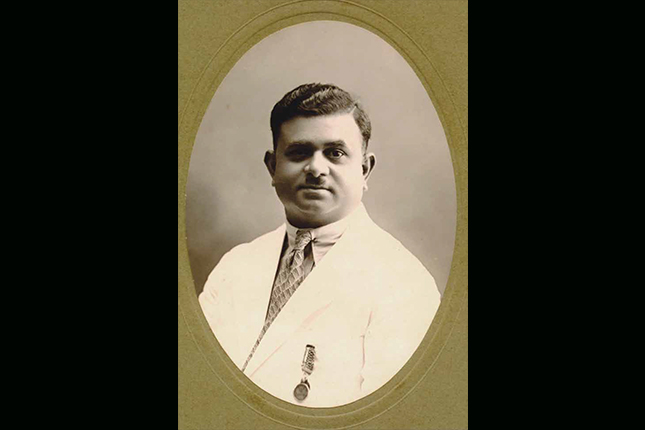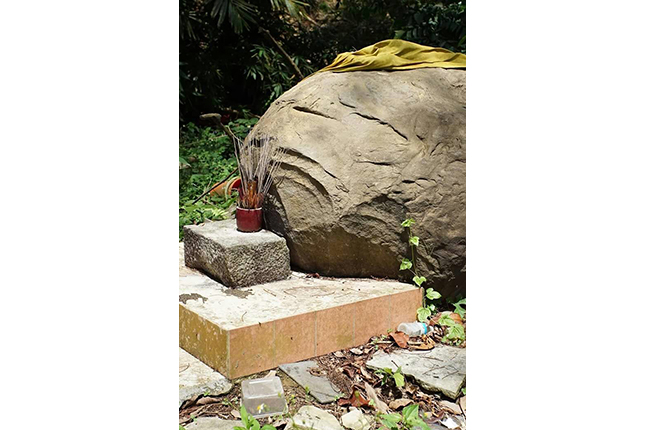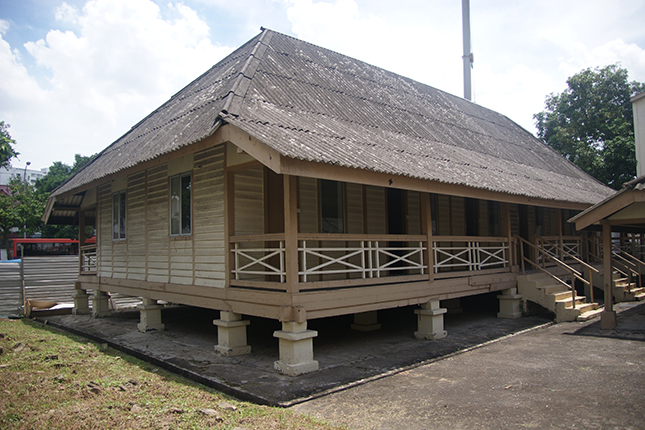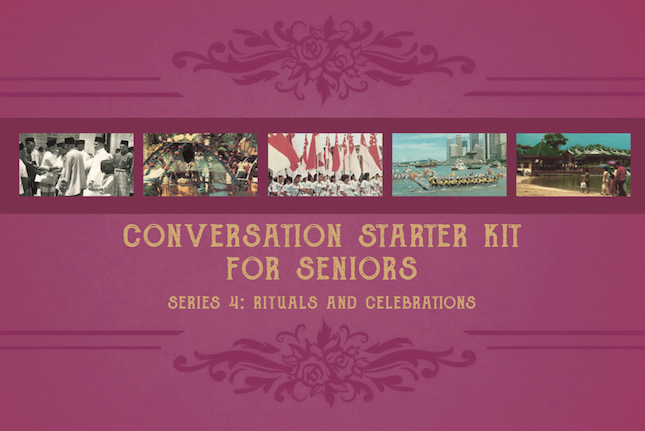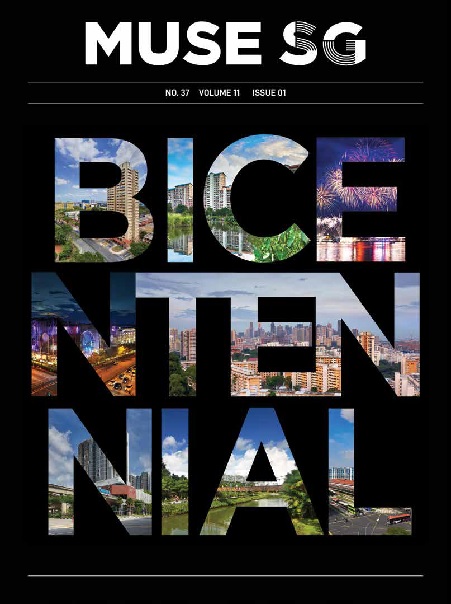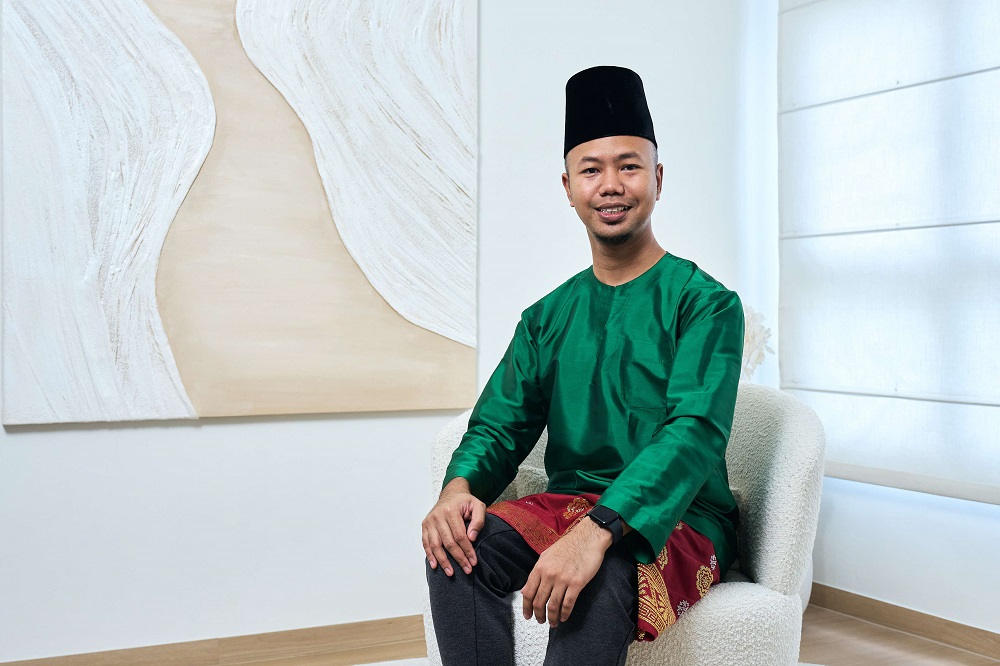TL;DR
Northeast Hinterland is a series of nocturnes in Punggol, when sleep and sight are paradoxical, when the land’s histories, mythologies and legacies play hide-and-seek with the past, present and future of its custodianship. “Hinterland”, from the German word hinter, refers to a remote area beyond metropolitan, cultural centres, beyond the visible or known.Text by Kevin WY Lee/June 2015 residency at Exactly Foundation
The name “Punggol,” from the Malay word pengger (“dead branches”), is understood by some as “hurling sticks at the branches of fruit trees to bring them down to the ground”. Punggol was initially called Tanjong Rangon, as seen in the Jackson Plan of 1822, which also known as the “Plan of the Town of Singapore”, was devised by Sir Stamford Raffles as a blueprint for rapid urbanization and order in colonial Singapore. Devised by Philip Jackson, the colony’s land surveyor, the Plan divided Singapore into ethnic, functional subdivisions, laid out in a grid pattern.
Northeast Hinterlandis a series of nocturnes of Punggol. The night is an interesting time. A Chinese saying, jian bu de guang(见不得光), refers to that which cannot see the light of day. It is an intriguing expression. In the dark, we cannot see, so our eyes give way to our minds for sight. We predict and imagine. And this imagination is usually moulded either from fear or wonderment, what we know and what we don’t. Our fate lies in the hands of those who have power and light, and our path is determined by where they choose to beam and illuminate. The night cloaks, and the moon, an obscure distant mirror, renders a surreal palette of hues and colours that lack the direct luminance of the sun. Specific to photography, I wanted to explore seeing in the dark through long exposures beyond the possibilities of my own eyes.
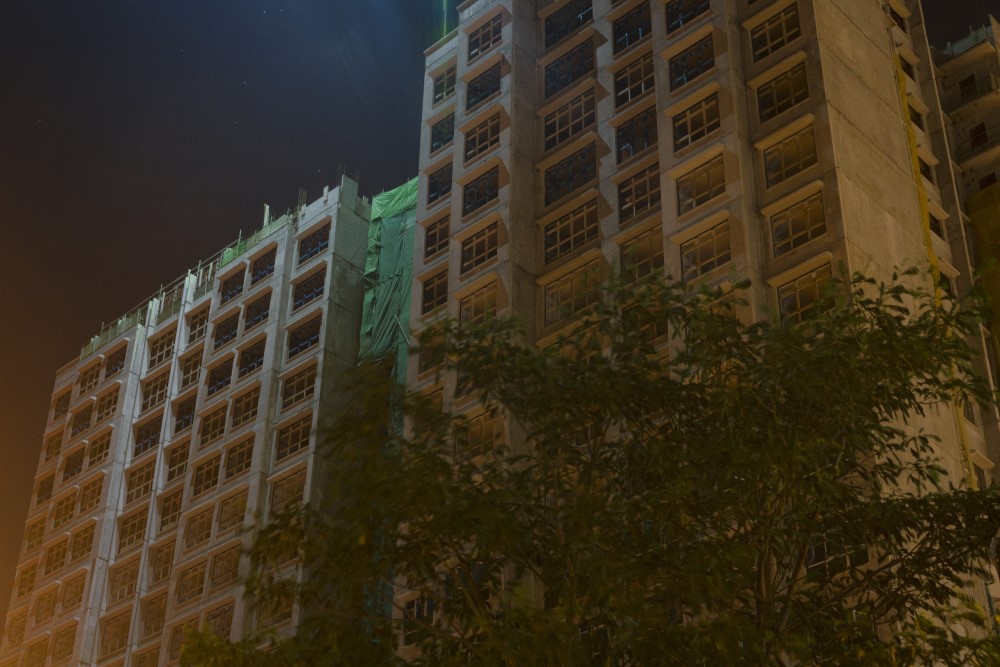
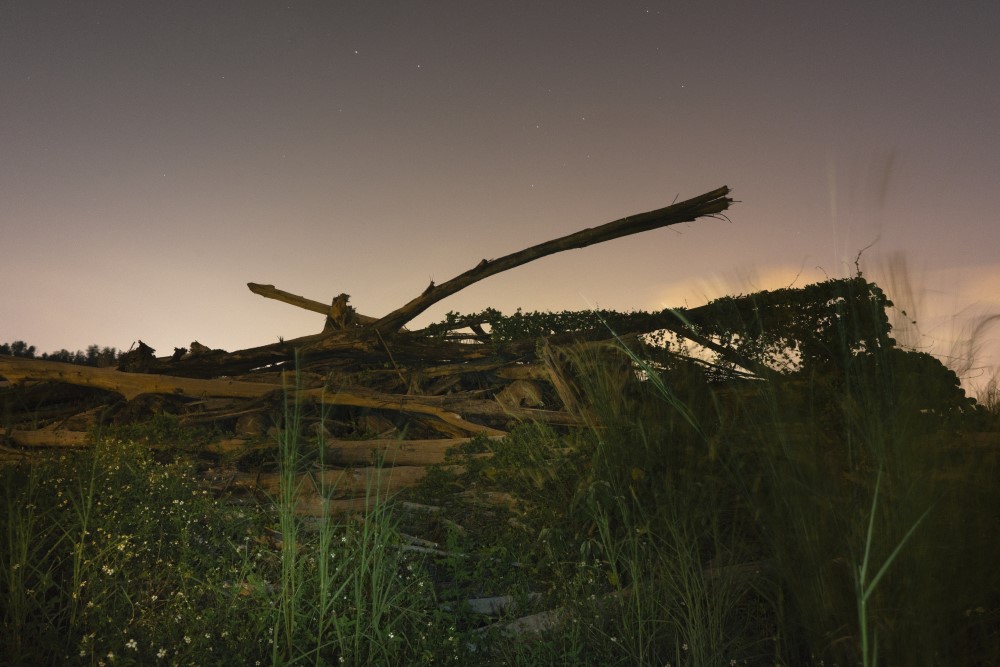
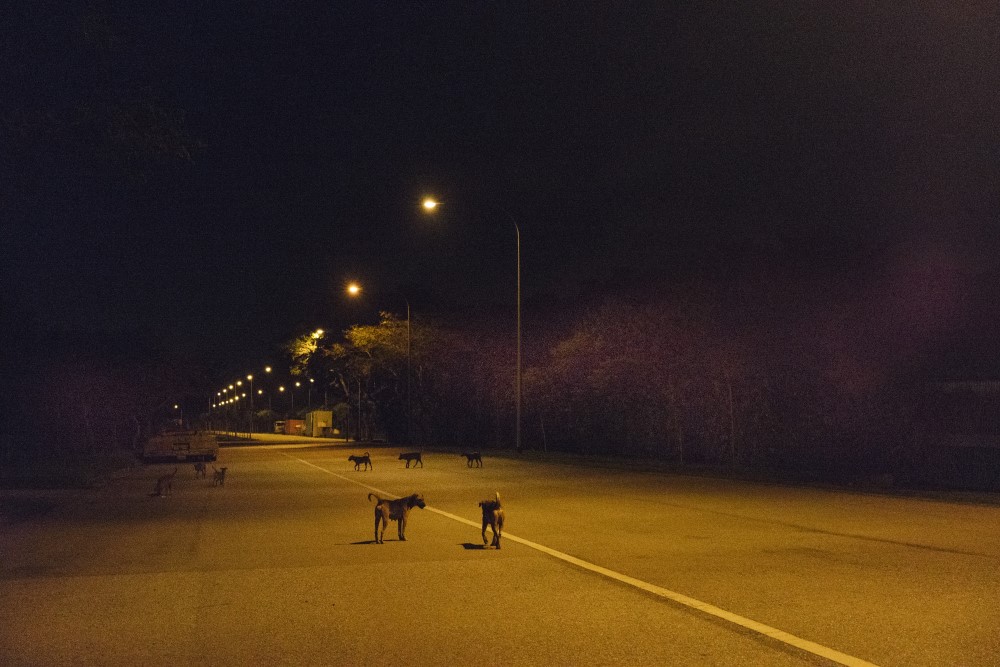
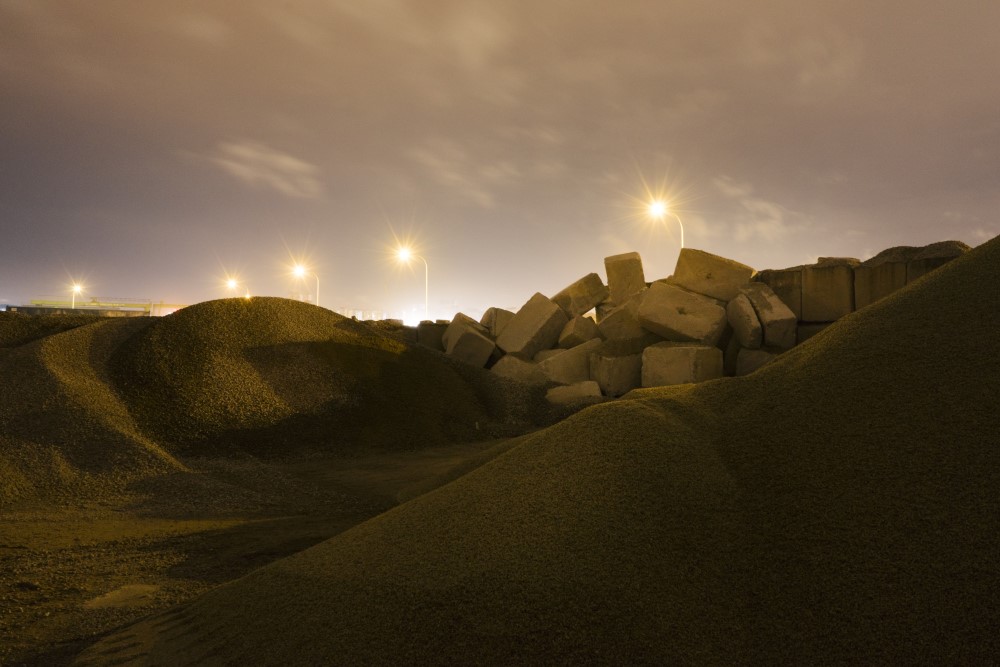
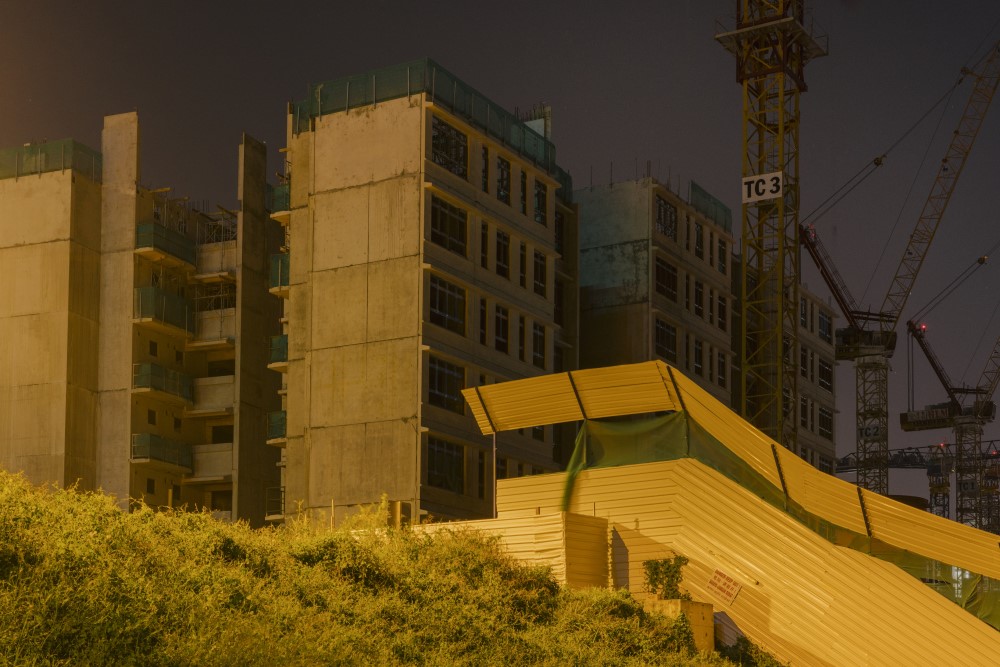
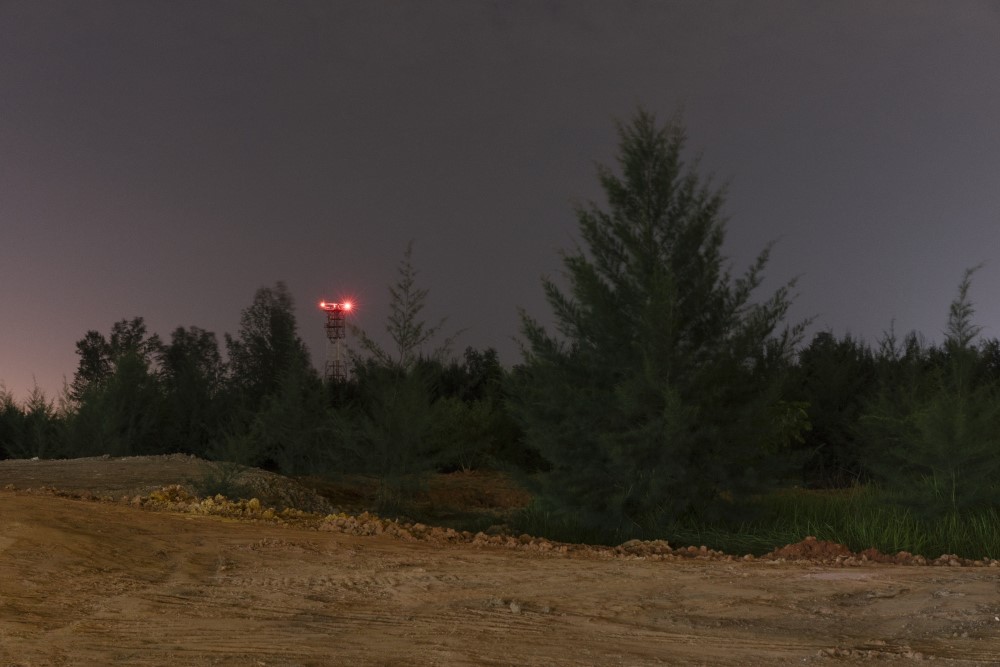
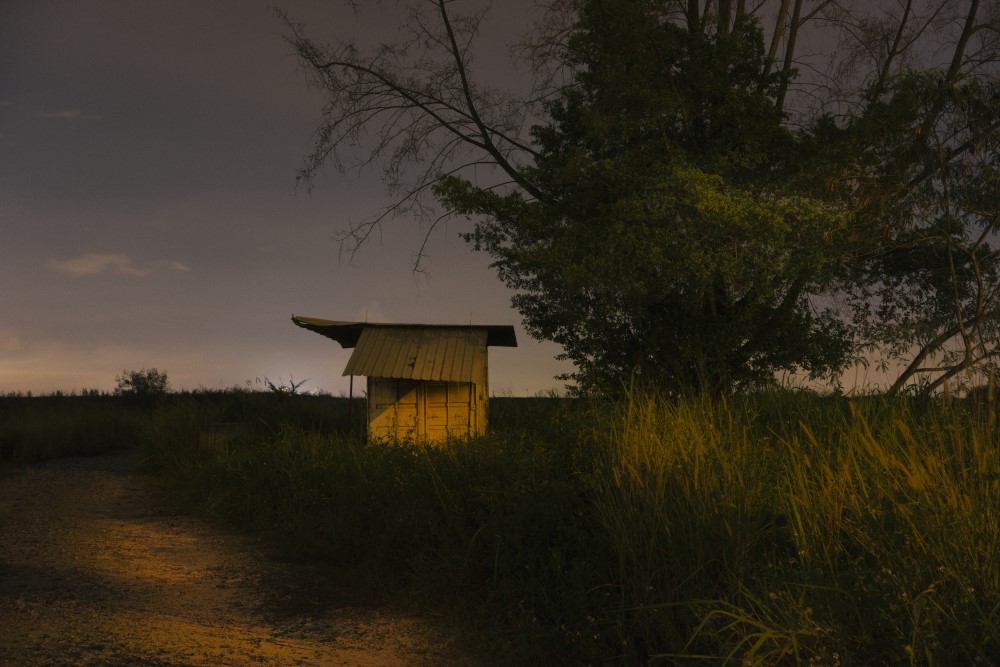
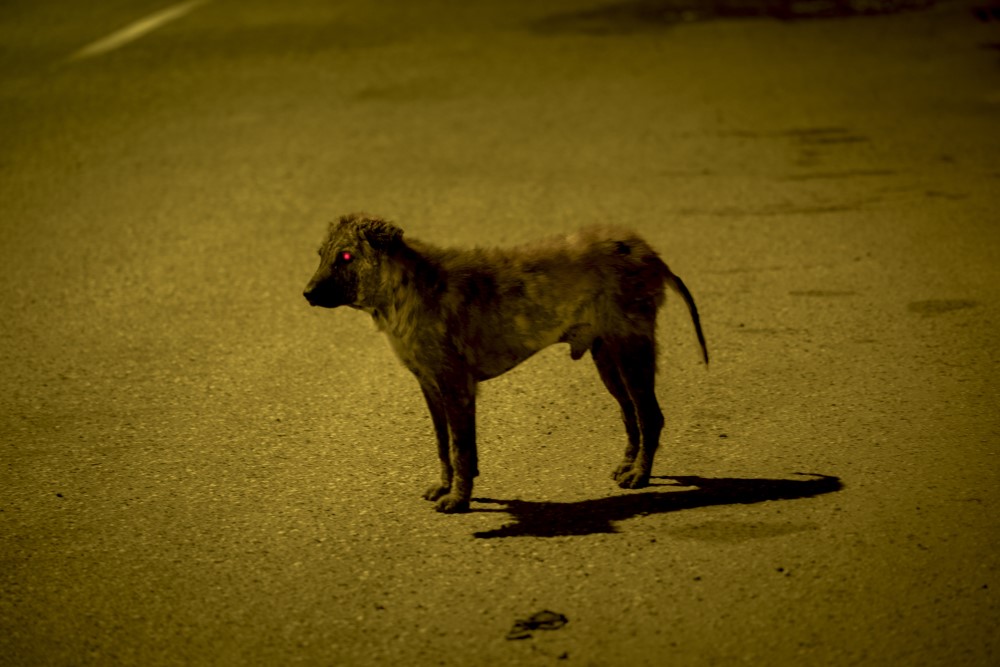
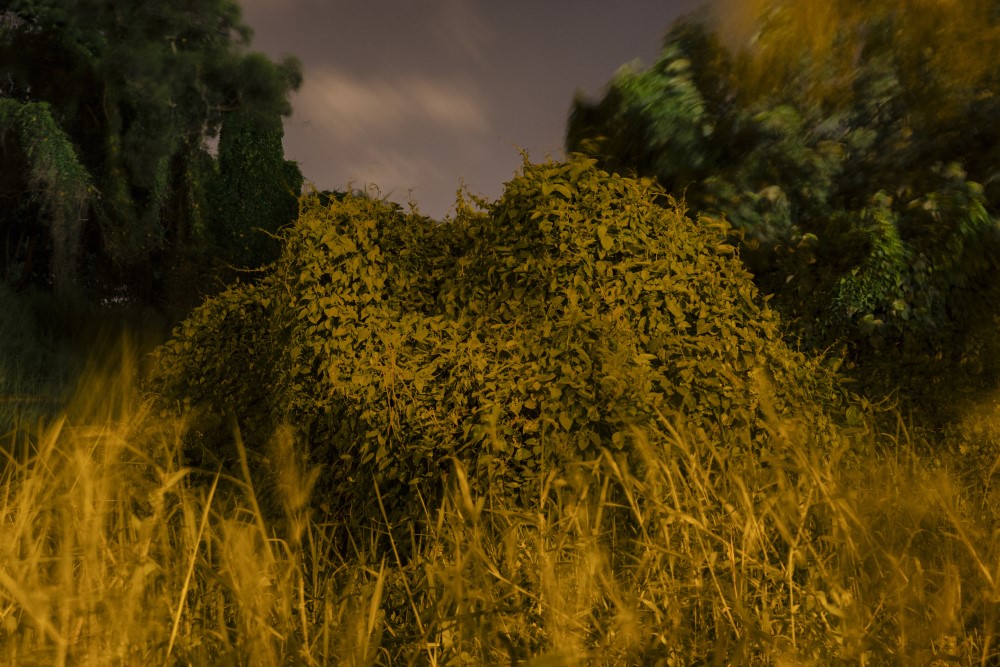
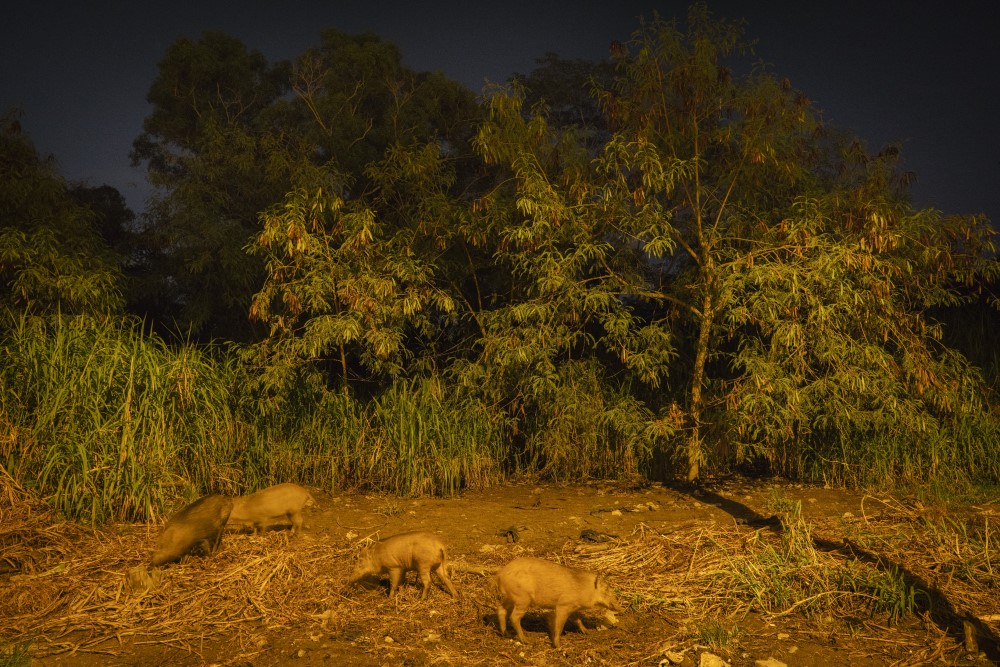
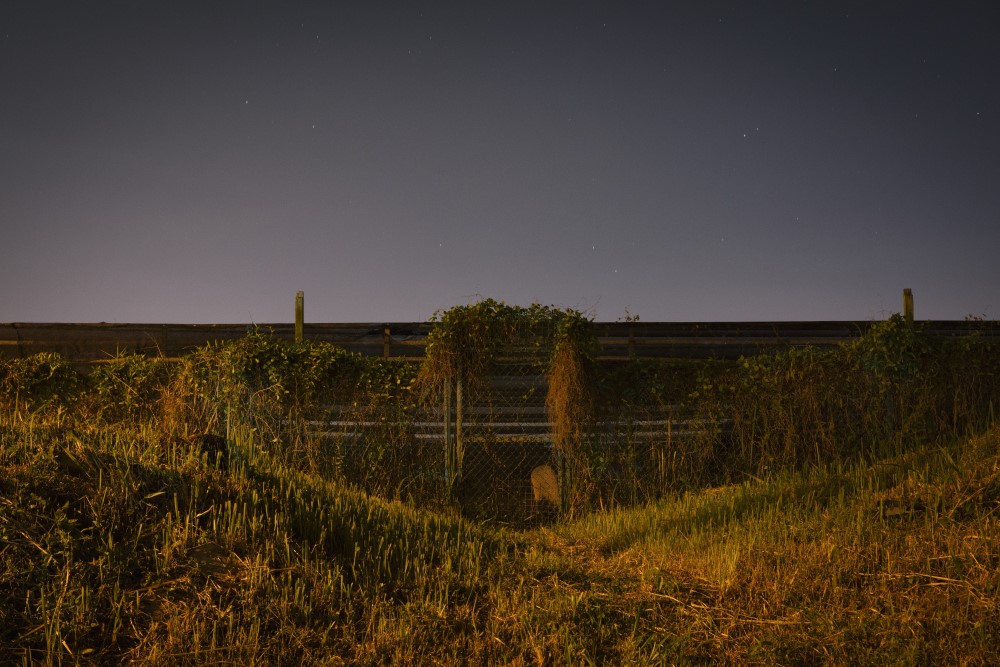
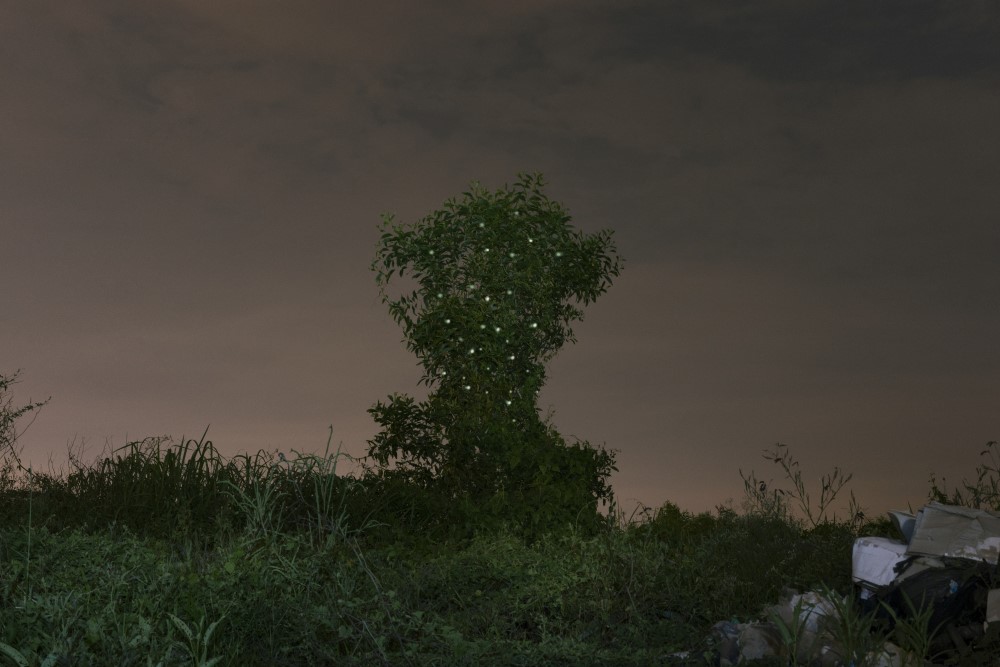
Fireflies are nocturnal beetles of the Lampyridae family. They take in oxygen and combine it with a substance called luciferin (from the Latin word lucifer, “light-bringer”) to produce heatless light. Fireflies use their light to court mates and fight predators.
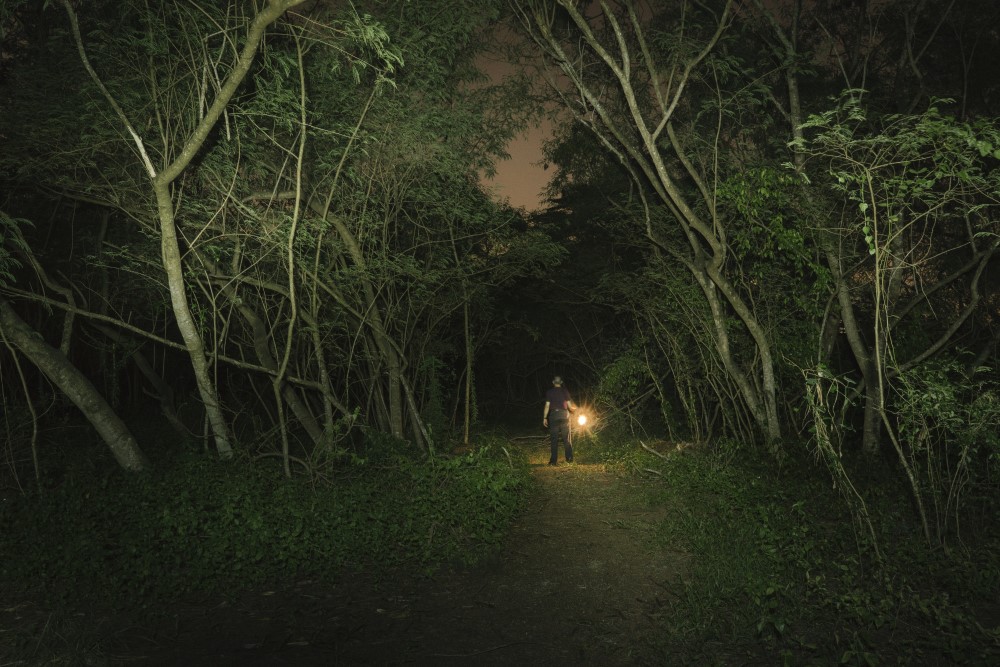
Punggol was also home to Singapore’s first public zoo owned by wealthy Indian trader William Lawrence Soma Basapa, between 1920s and 1940s. It had a collection of 200 animals and 2,000 birds. The press called it a “Noah’s Ark”. Albert Einstein, was one of its first visitors in 1922 and said it was “a wonderful zoological garden”. The zoo was eventually taken over and destroyed by the British Army to fight the Japanese invasion in 1942. The British shot the animals and freed the birds. 'Animal Man' was devastated and passed away a year later in 1943.
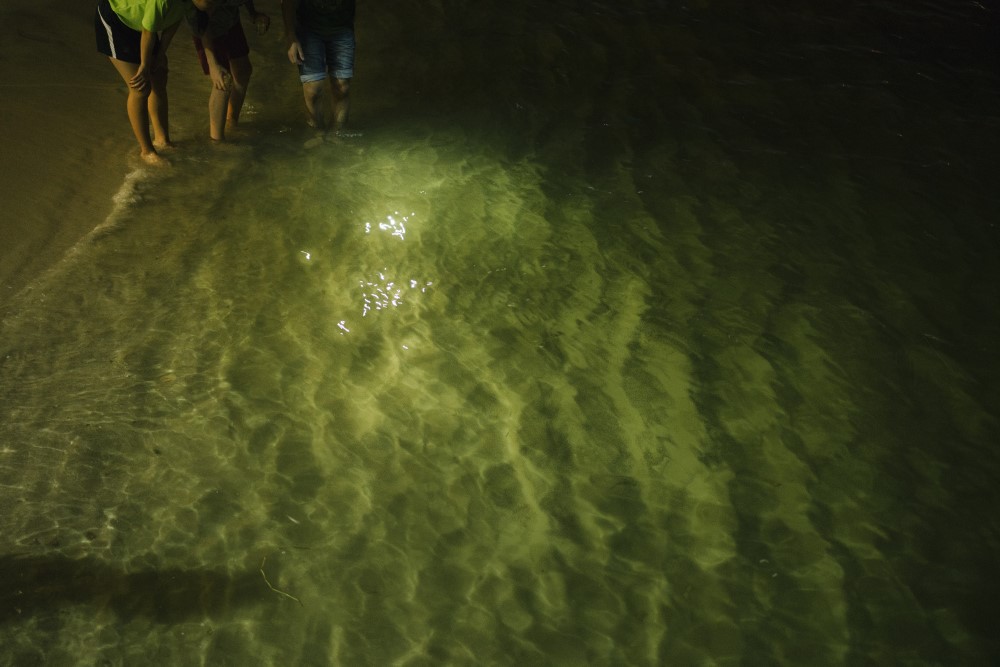
My maternal grandfather came to Singapore during the Sino-Japanese War (1937–45). My mother’s memories of him are vague, almost non-existent. His name was Luo Gen Ji, but she isn’t entirely sure. He apparently worked in carpentry on a wharf in Singapore. In his first few years, he sent money and letters back home. Then one day the money and letters stopped, and no word was heard from him ever since. His disappearance coincided with Japan’s invasion and occupation of Singapore (1942–45) during the Second World War. Our family believes that he perished at the hands of the Japanese military.
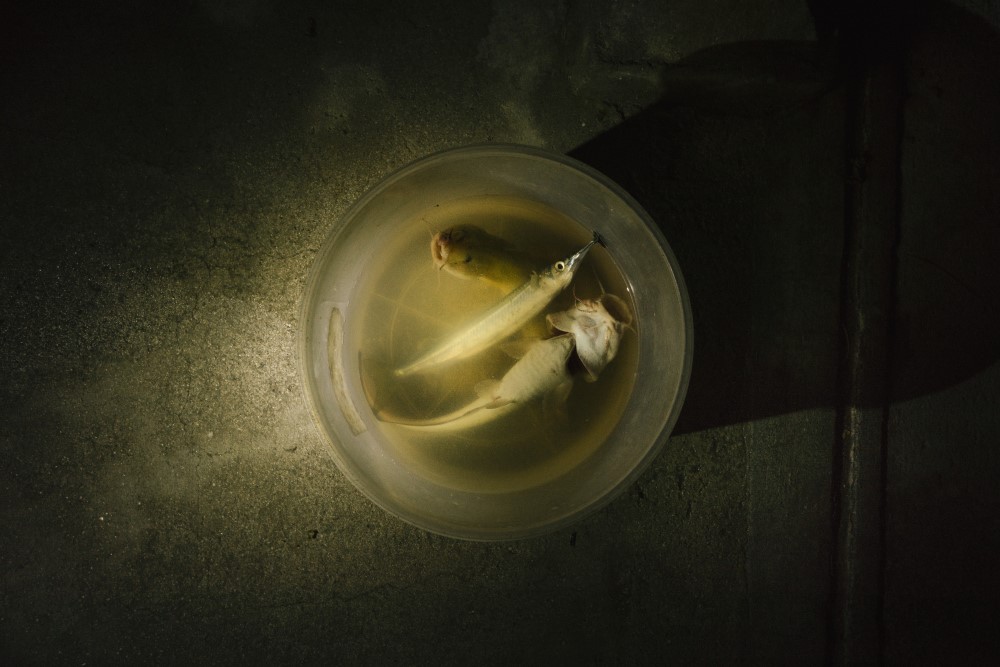
Many catfish are nocturnal. But some are crepuscular, active during twilight at dusk or dawn. Catfish are also bottom feeders.
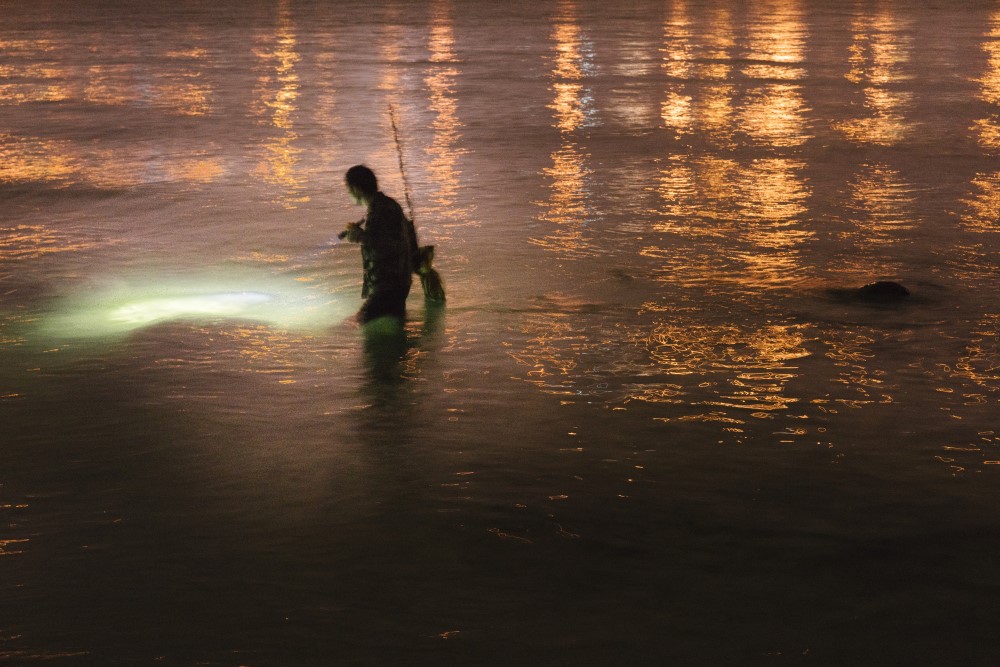
The waters at Punggol Beach, site of the Sook Ching massacre, are illuminated gently by the port lights of Johor, Malaysia, a few hundred meters away. In many ways, I find Singapore and Malaysia mirror and reflect each other.
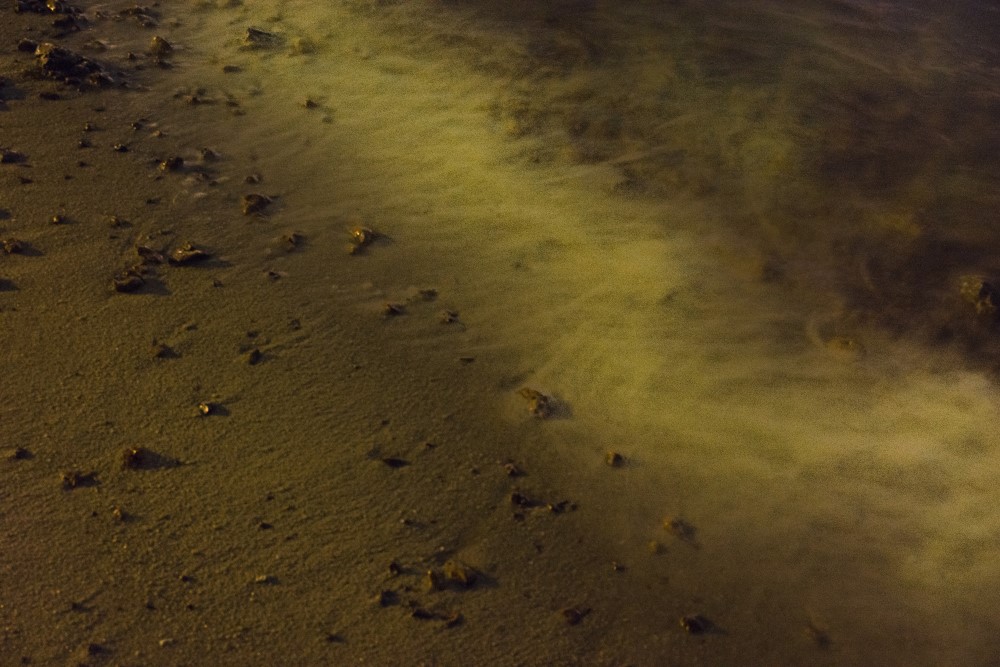
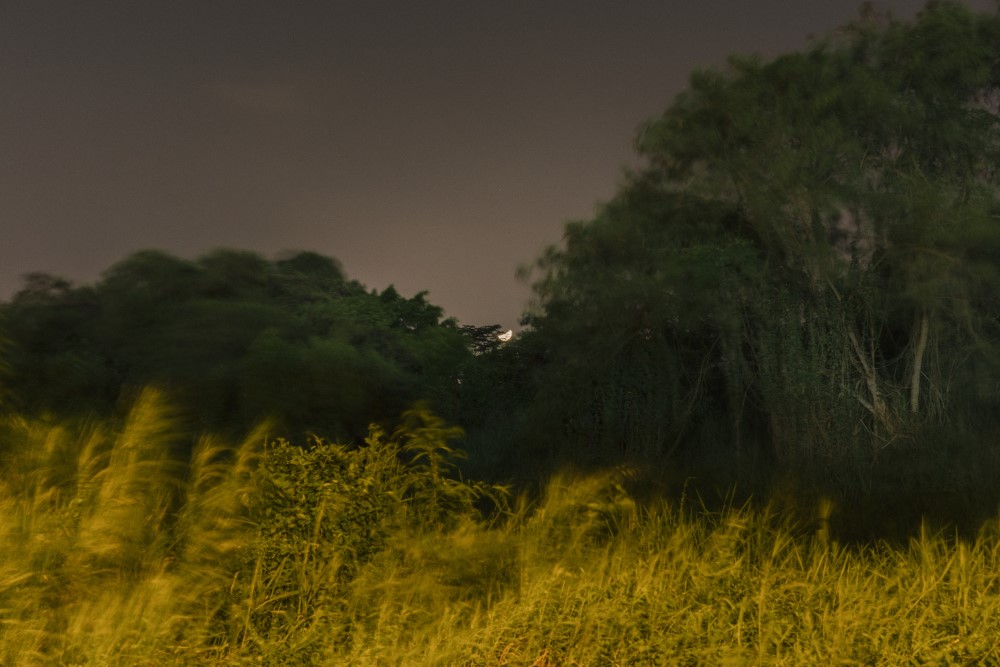
Punggol was also home to Singapore’s first public zoo owned by wealthy Indian trader William Lawrence Soma Basapa, between 1920s and 1940s. Basapa, nicknamed ‘Animal Man’, was often accompanied by a big Bengal tiger named Apay.
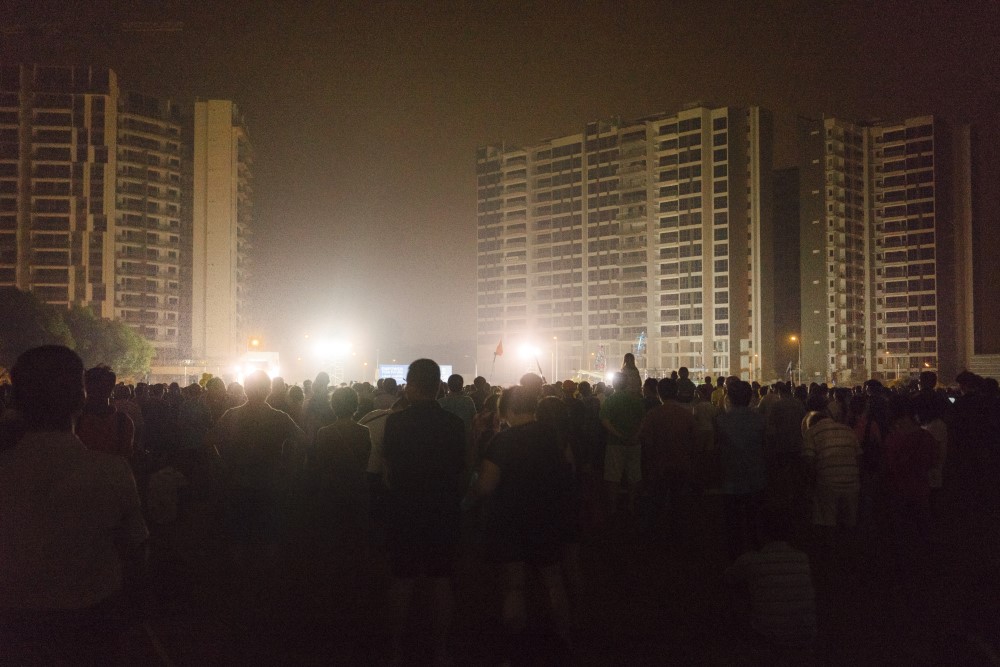
Punggol East SMC (Single Member Constituency) is an election ward in northeast Singapore carved out of the Pasir Ris–Punggol GRC (Group Representation Constituency). There was a three-cornered fight for power in the 2011 General Elections. The Workers’ Party candidate Lee Li Lian eventually won over Dr. Koh Poh Koon, the dominant ruling PAP party’s candidate and self-declared “Son of Punggol”. In the 2015 General Elections, Lee Li Lian lost custodianship of the ward to PAP candidate Charles Chong.
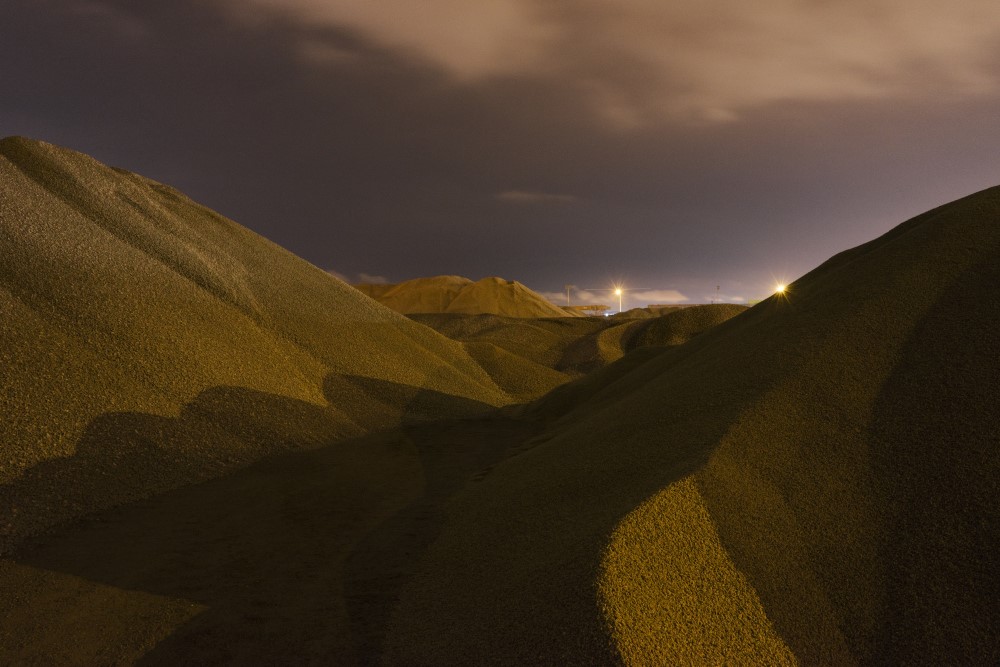
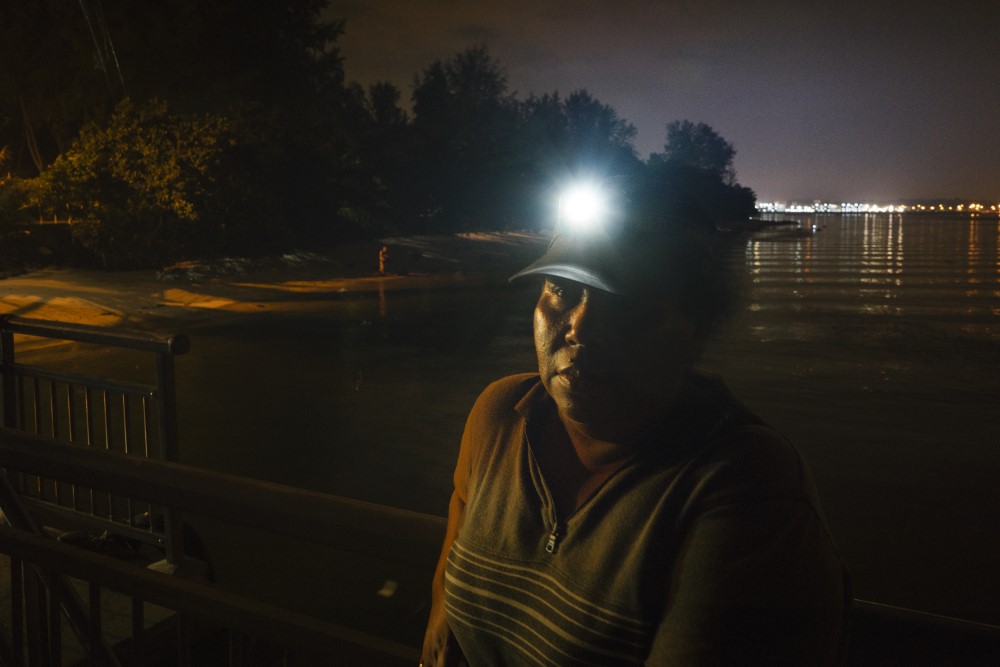
“Nothing is more condemned among us as a painting which leaves no play for the beholder’s imagination.”
- Okakura Kakuzo, The Ideals of the East (1903)
About Partner
Exactly Foundation’s first resident in June 2015, Kevin WY Lee, is founder of Invisible Photographer Asia. A prolific photographer and jurist at Asia’s photography events, Kevin’s interests in identity and aspirations led him to explore the nocturnal, an(other) realm of a same space seen in a less familiar, perhaps more disquieting light (or lack of).
Exactly Foundation is a not-for-profit, trademarked registered label established in March 2015 by Li Li Chung to privately commission photographers to create photography art to stimulate discussion of social concerns in Singapore.
This article was developed for Singapore Heritage Fest 2022




